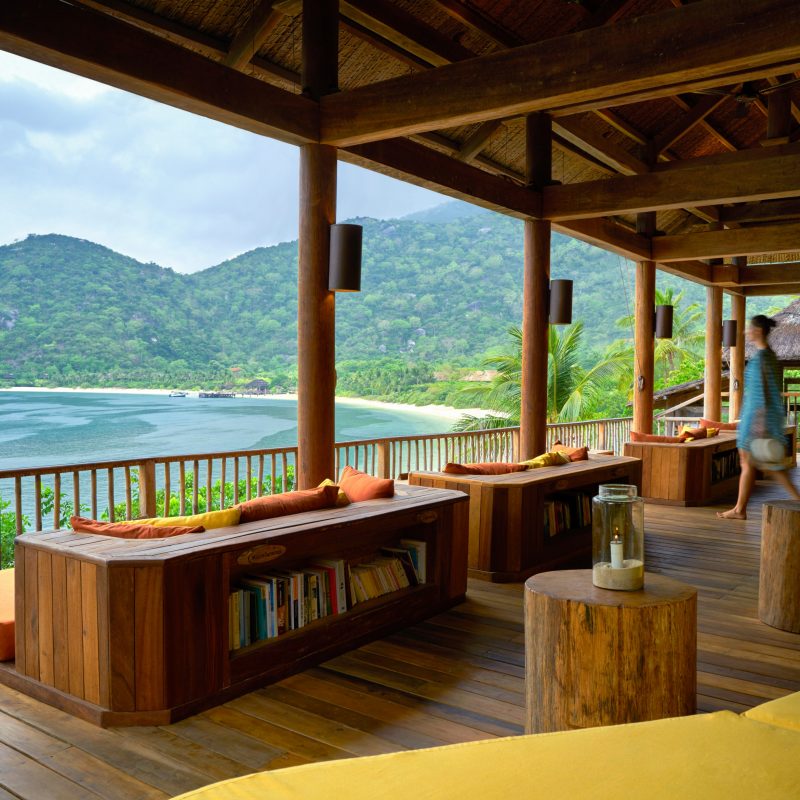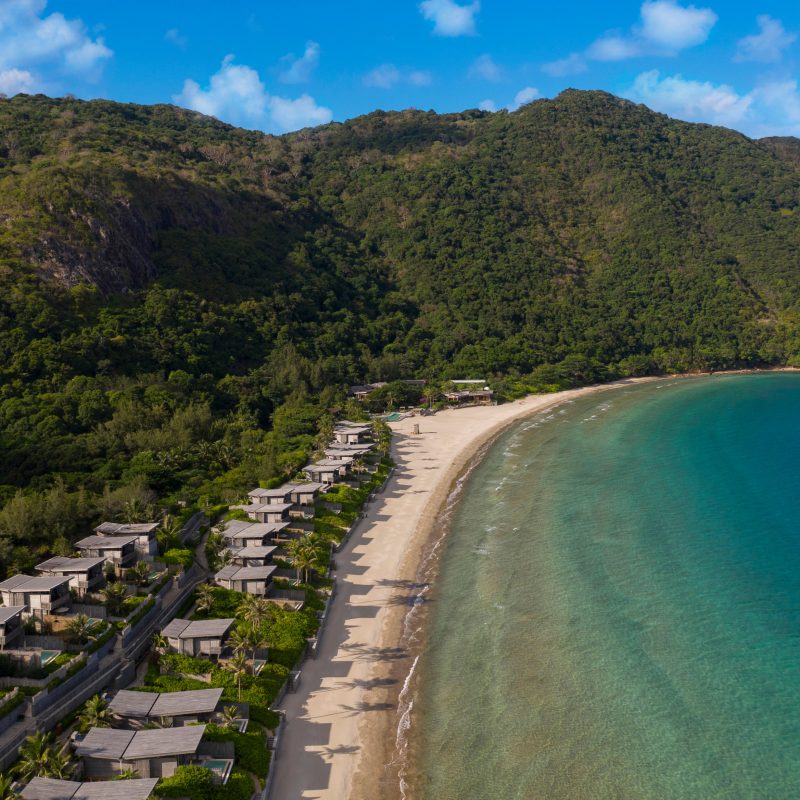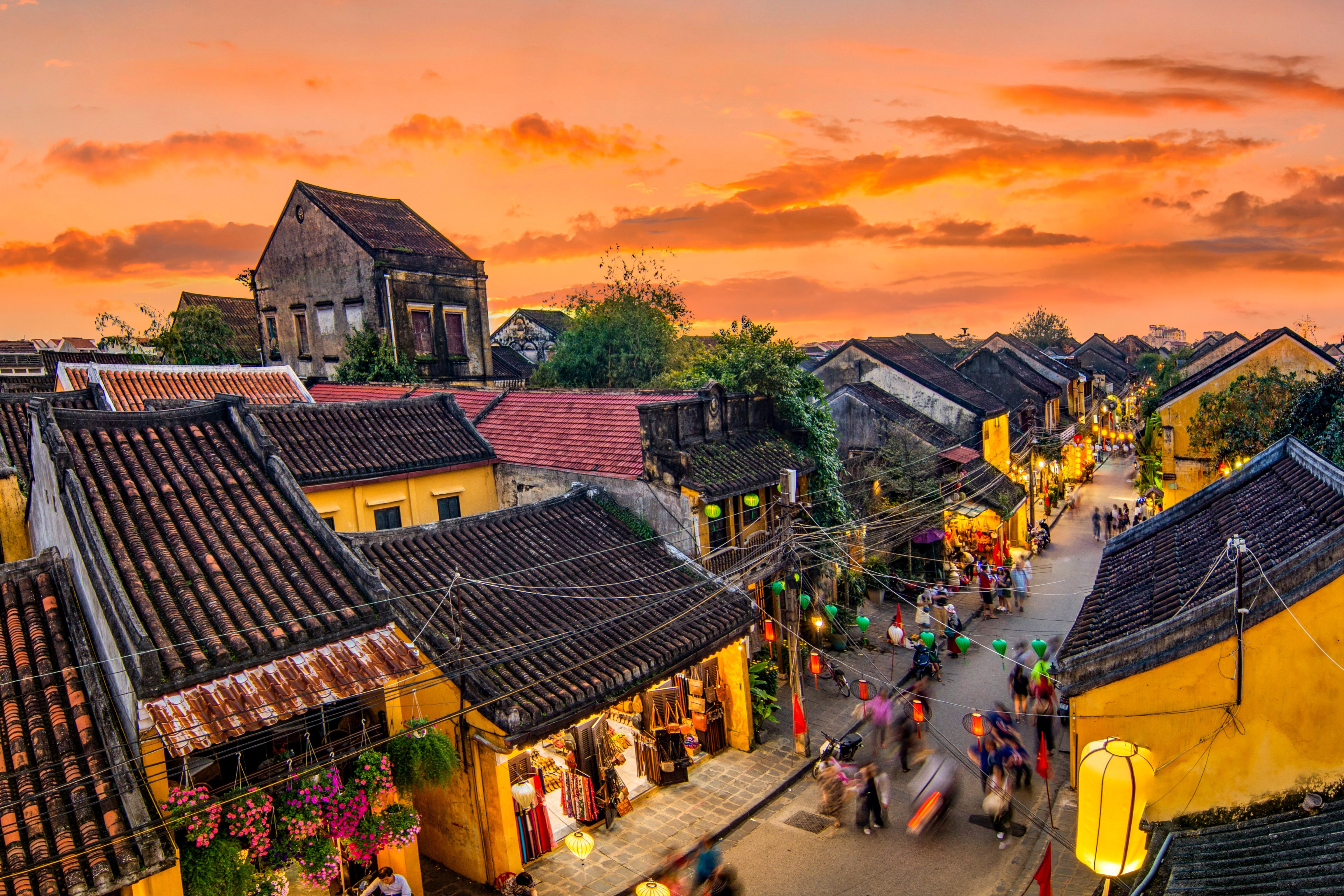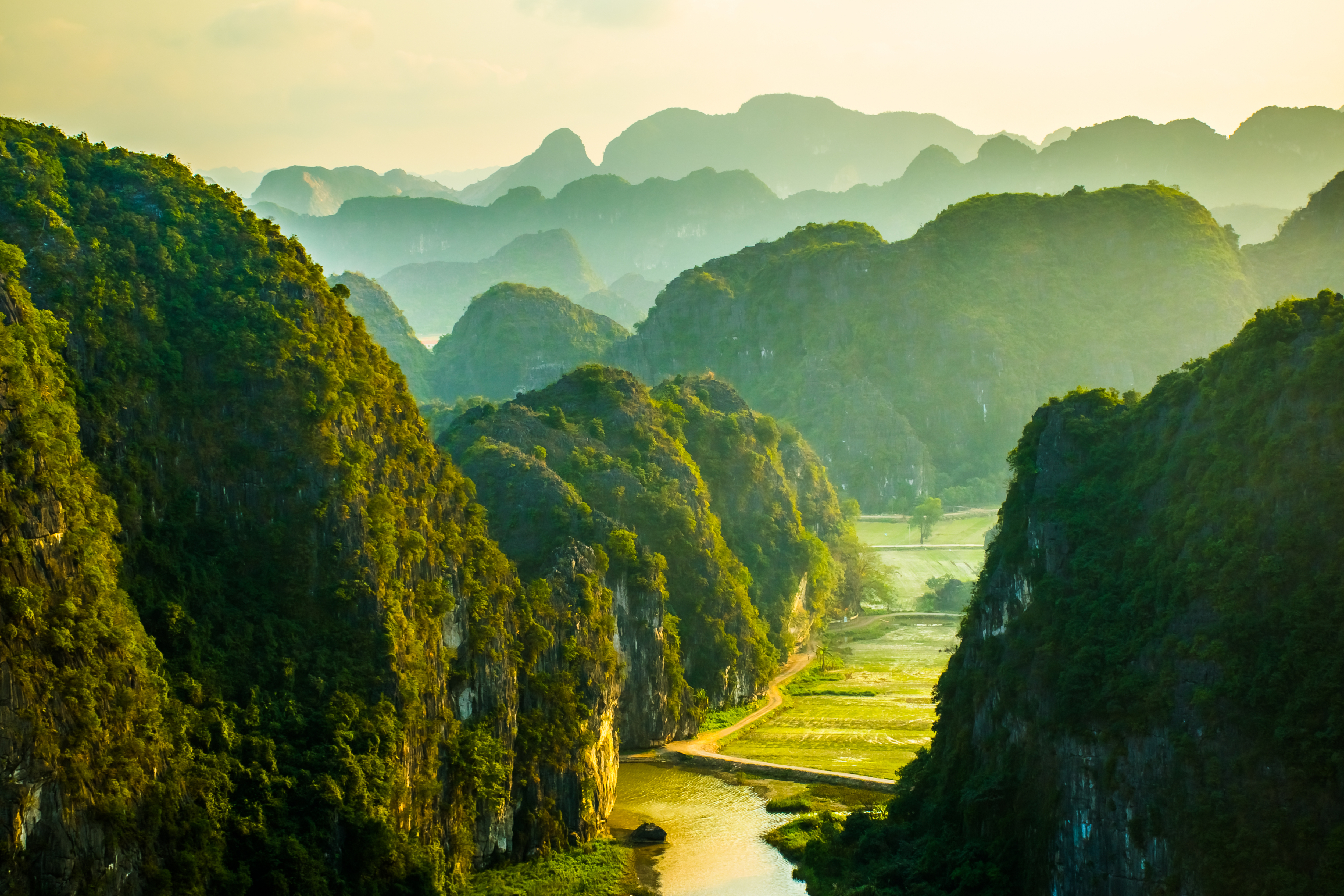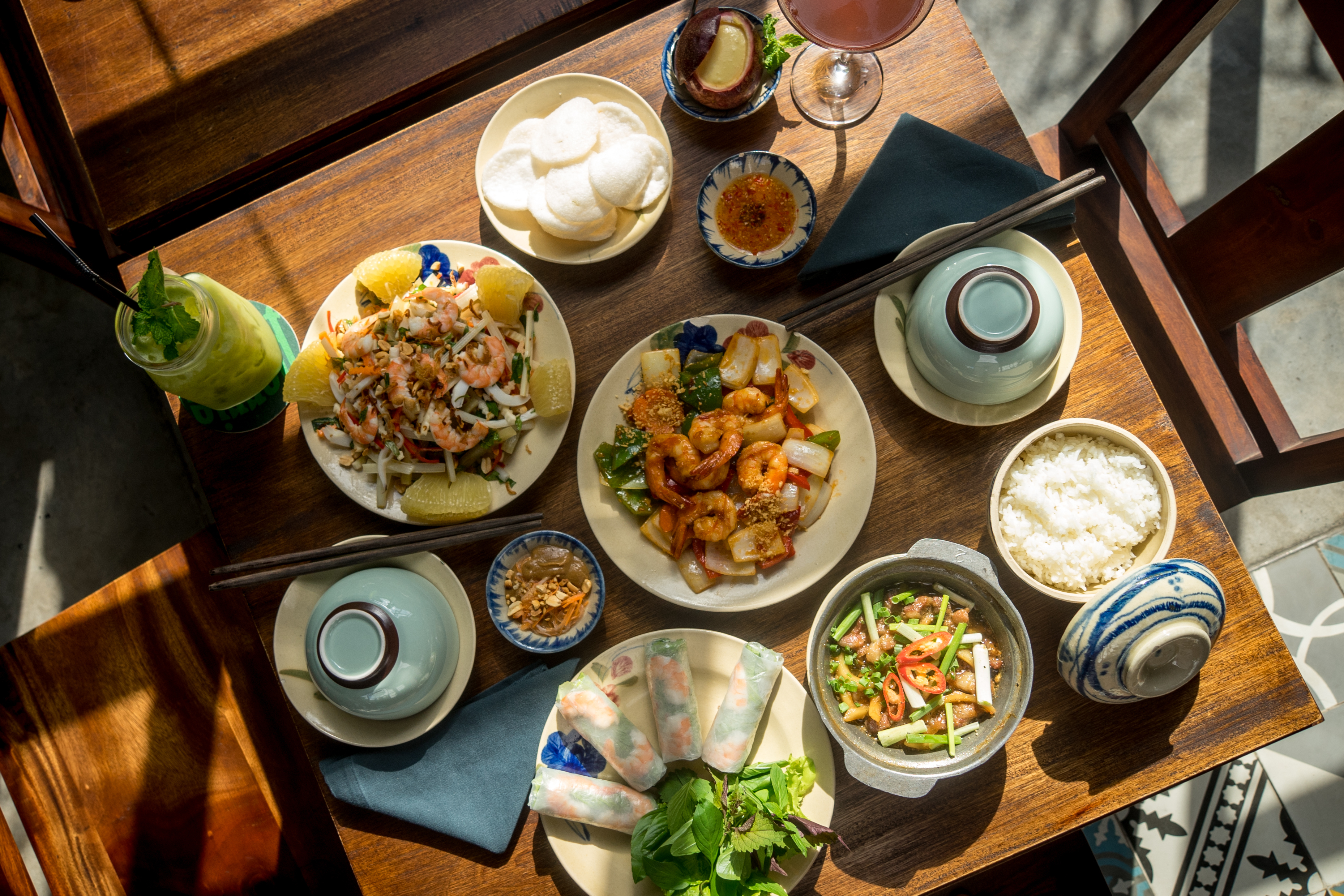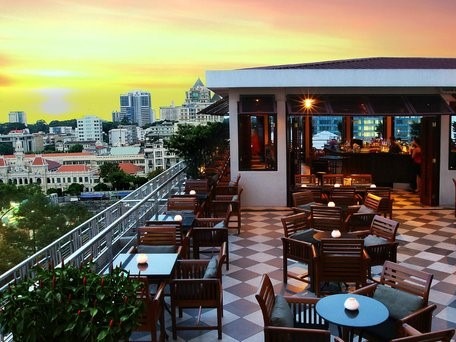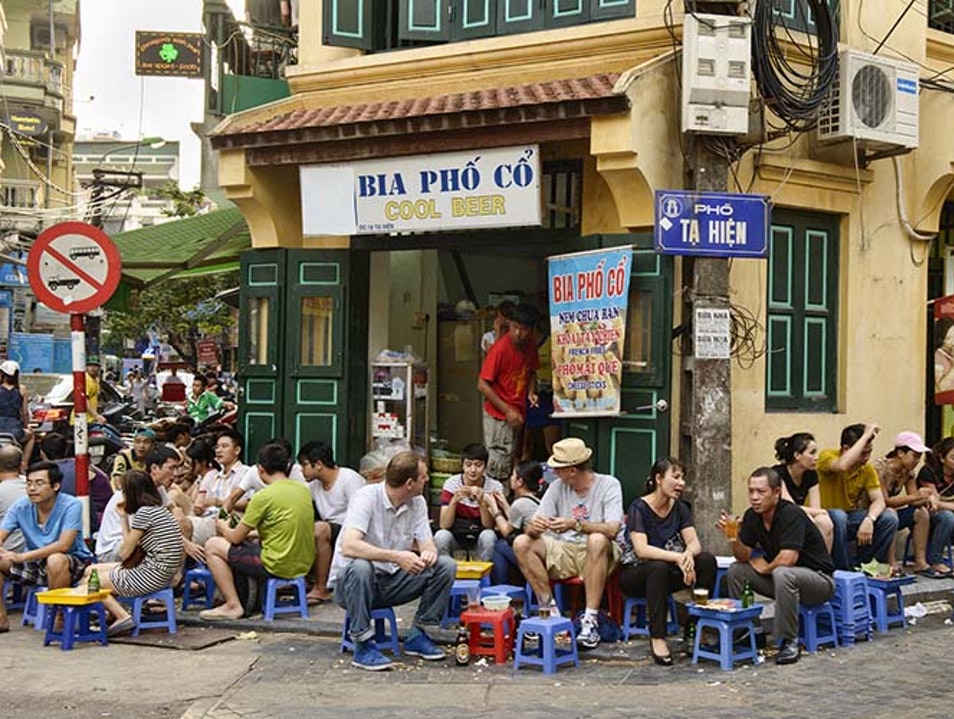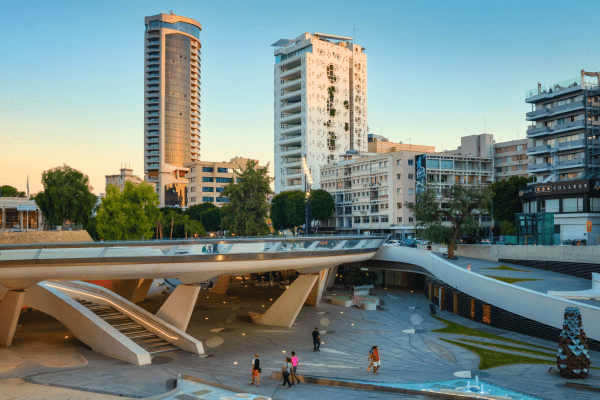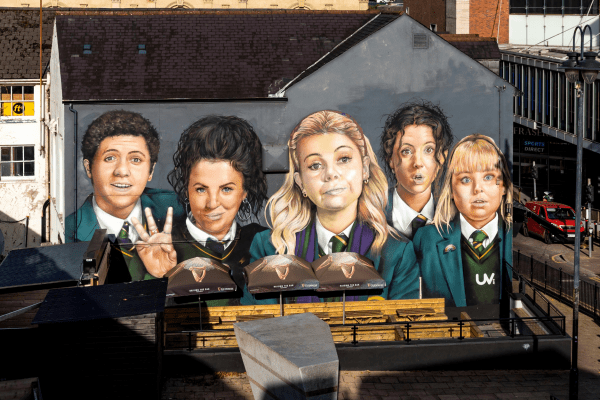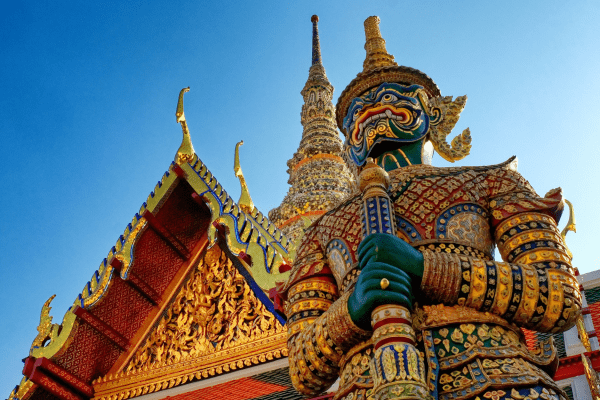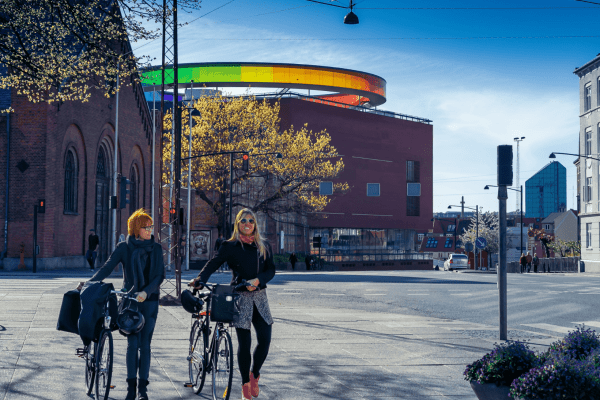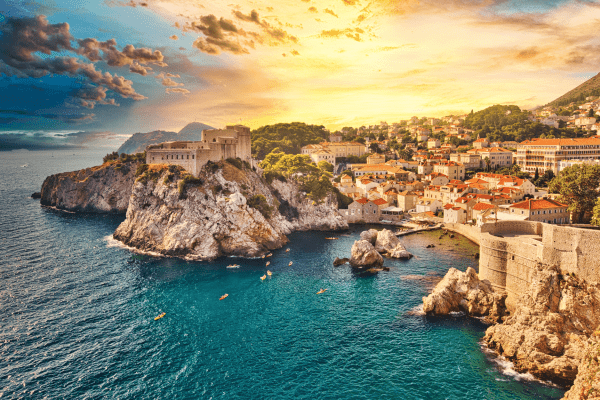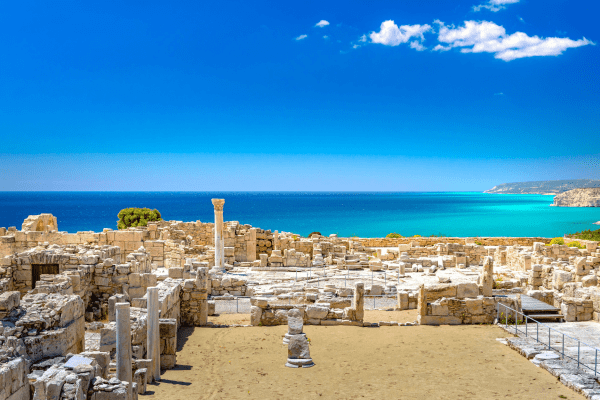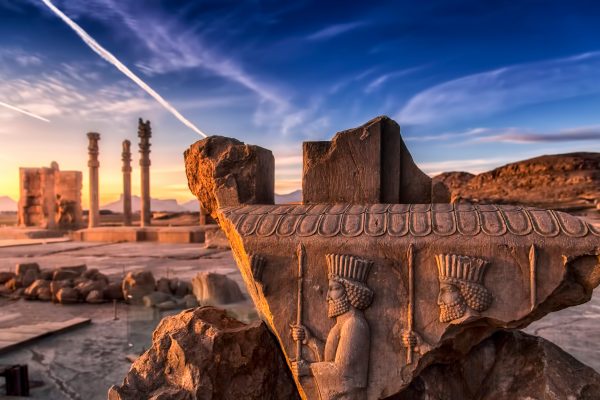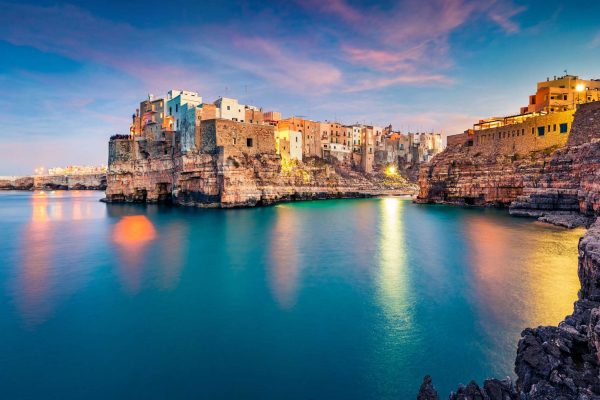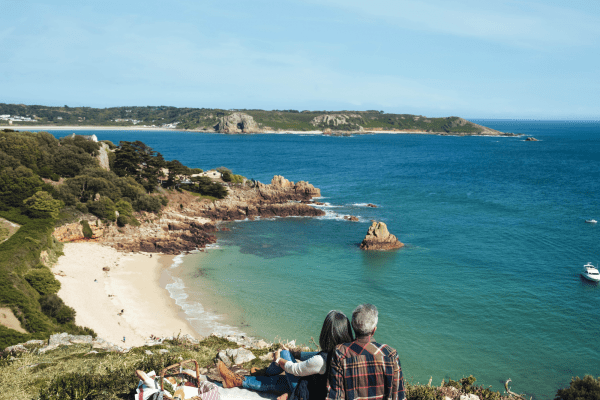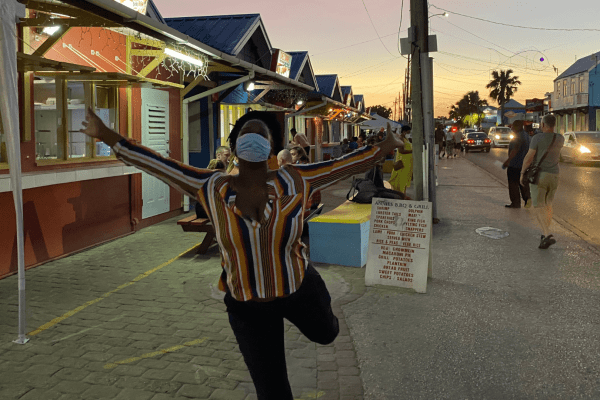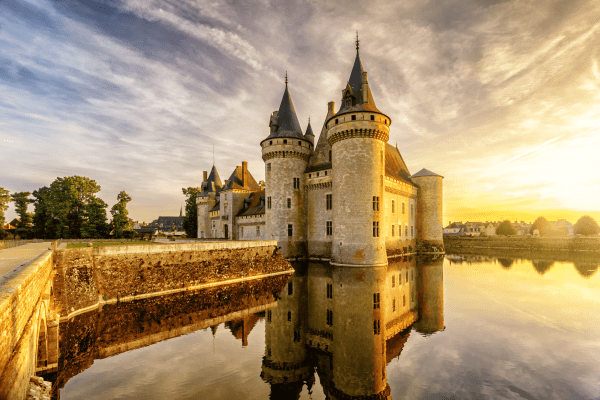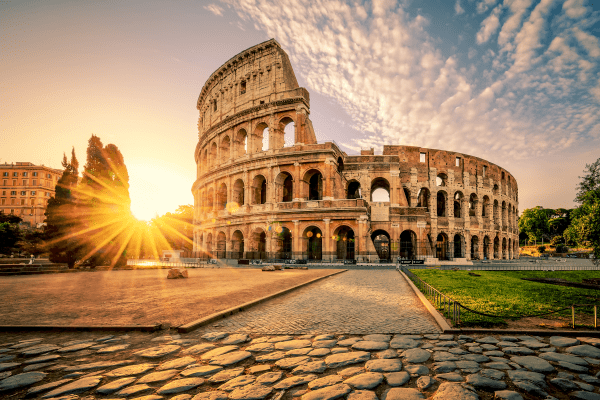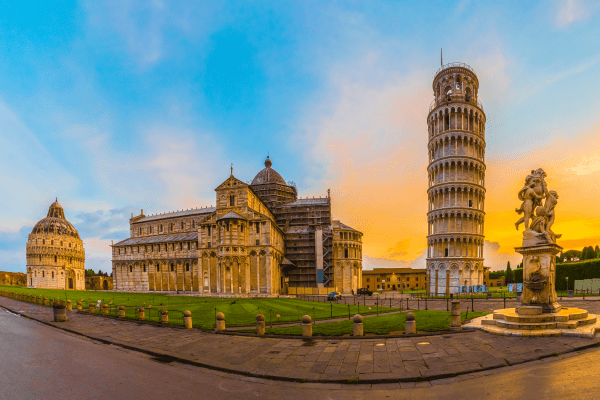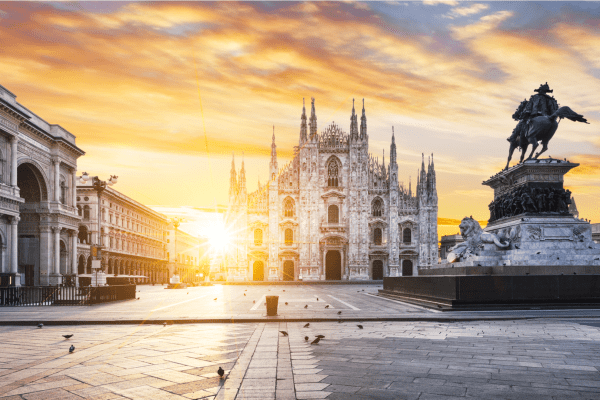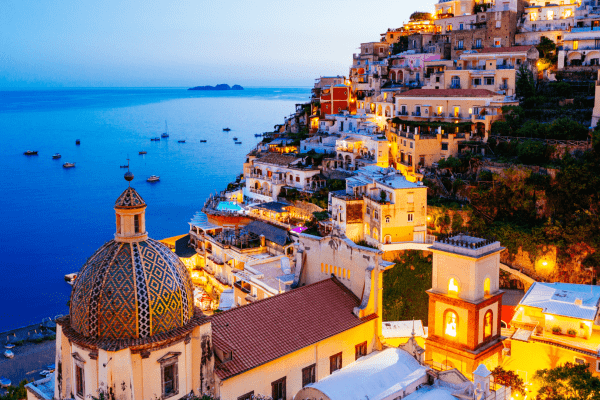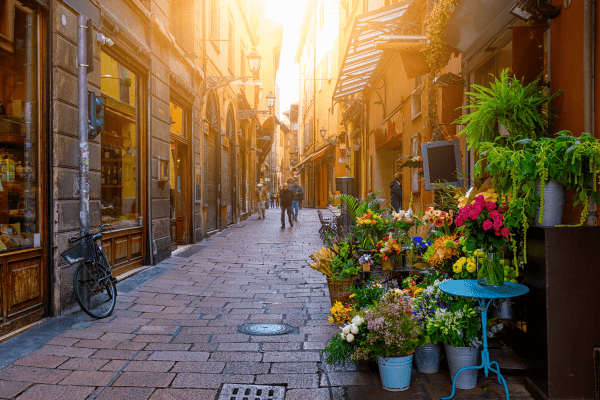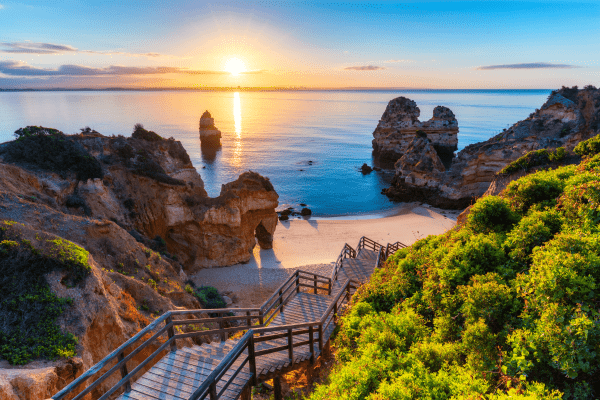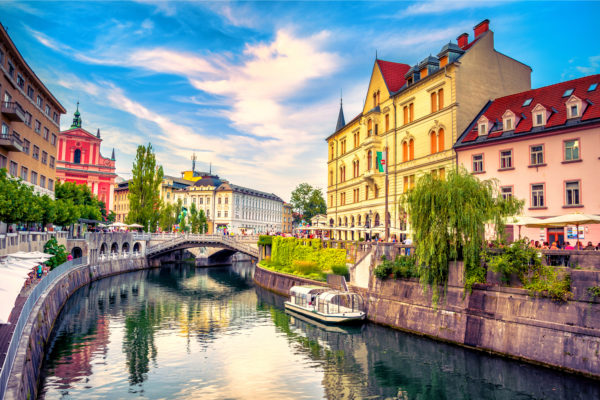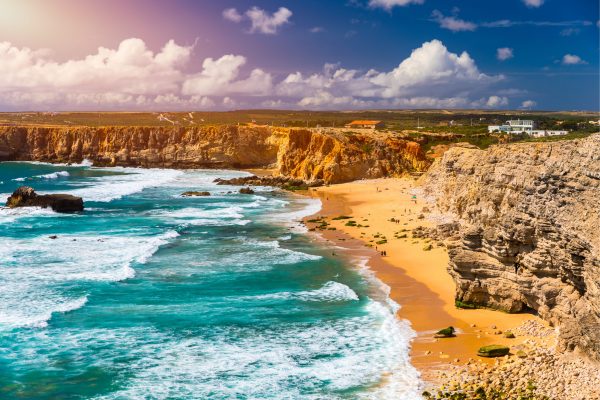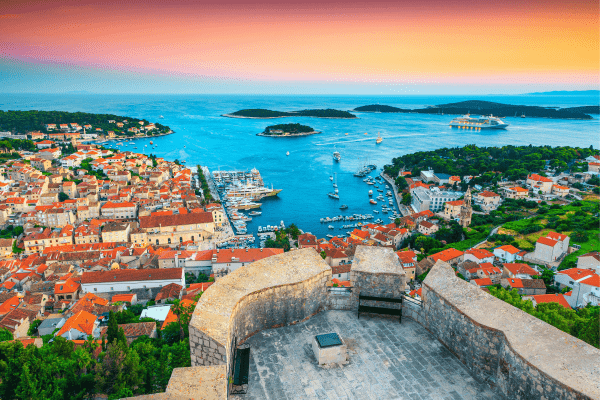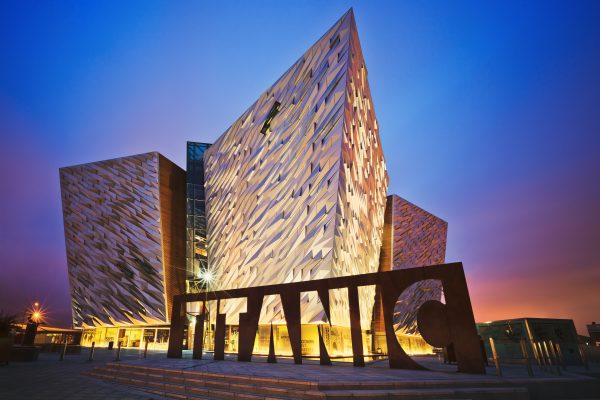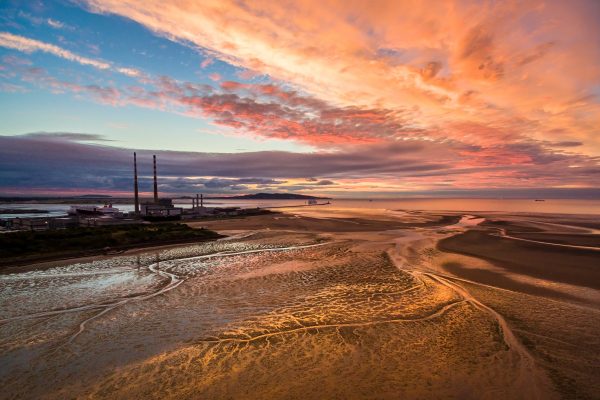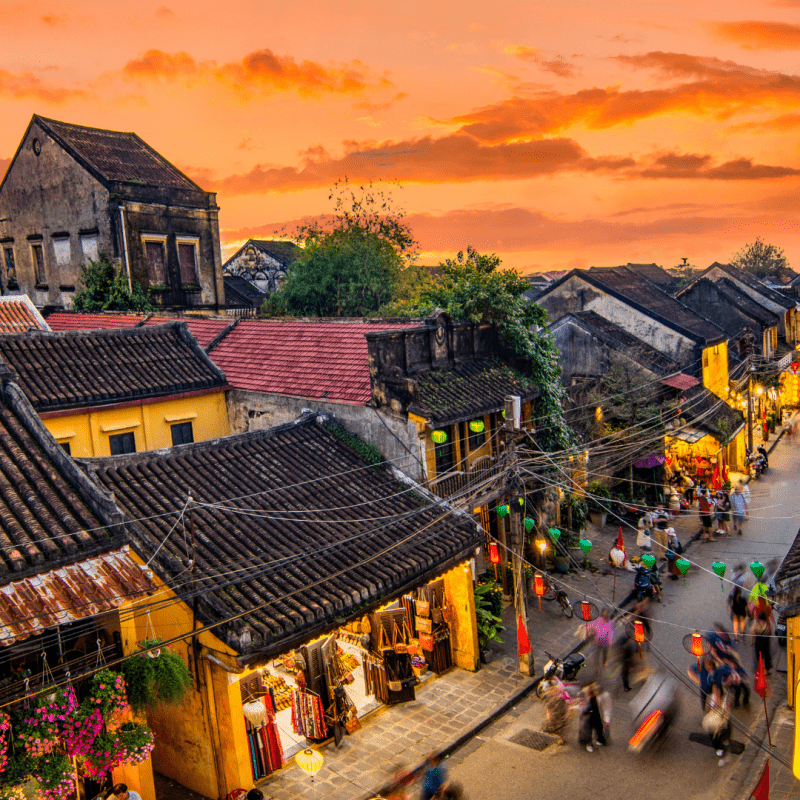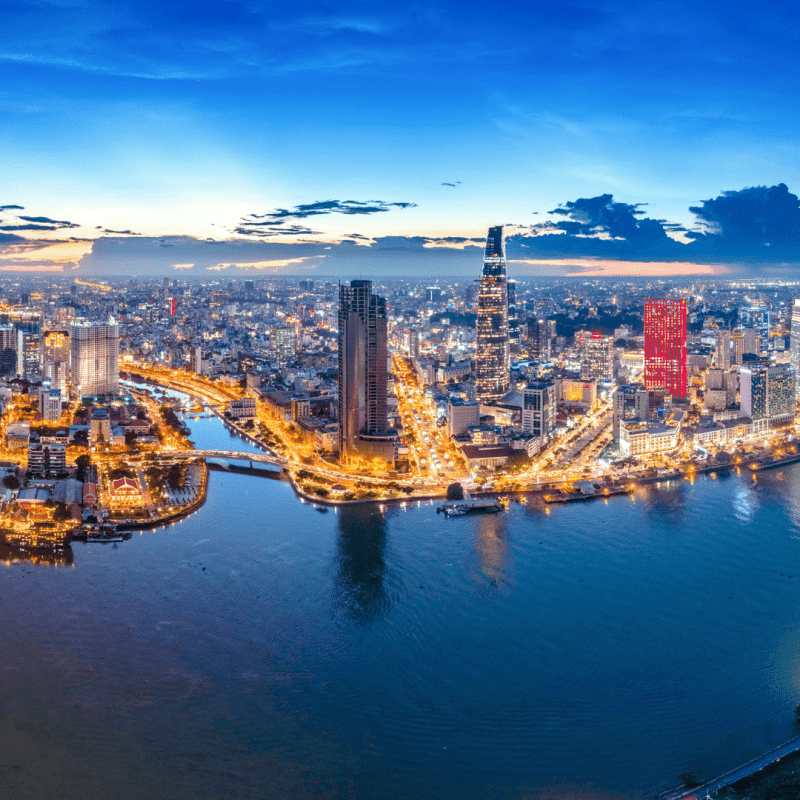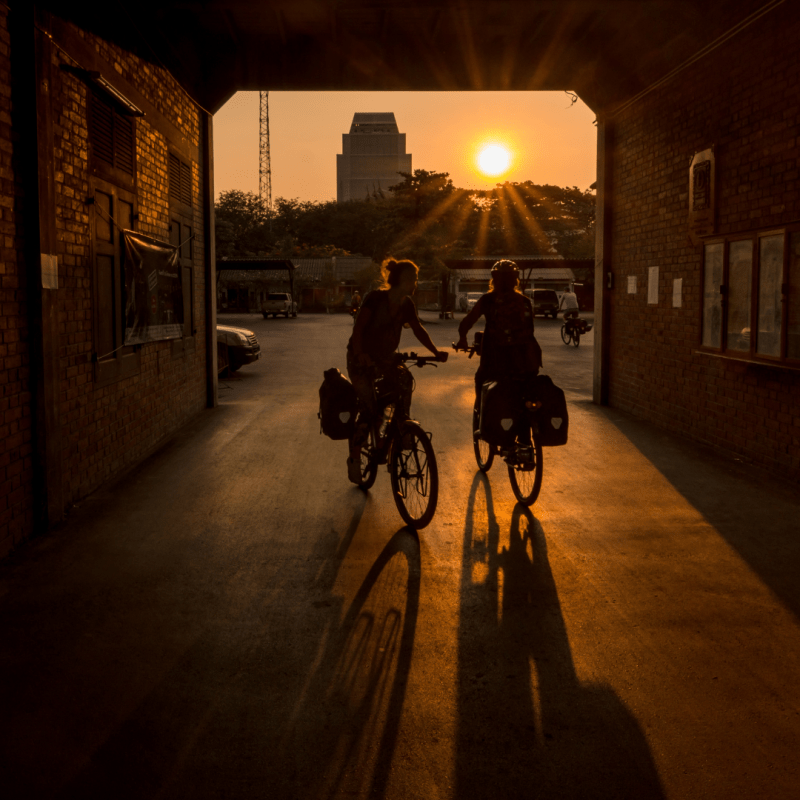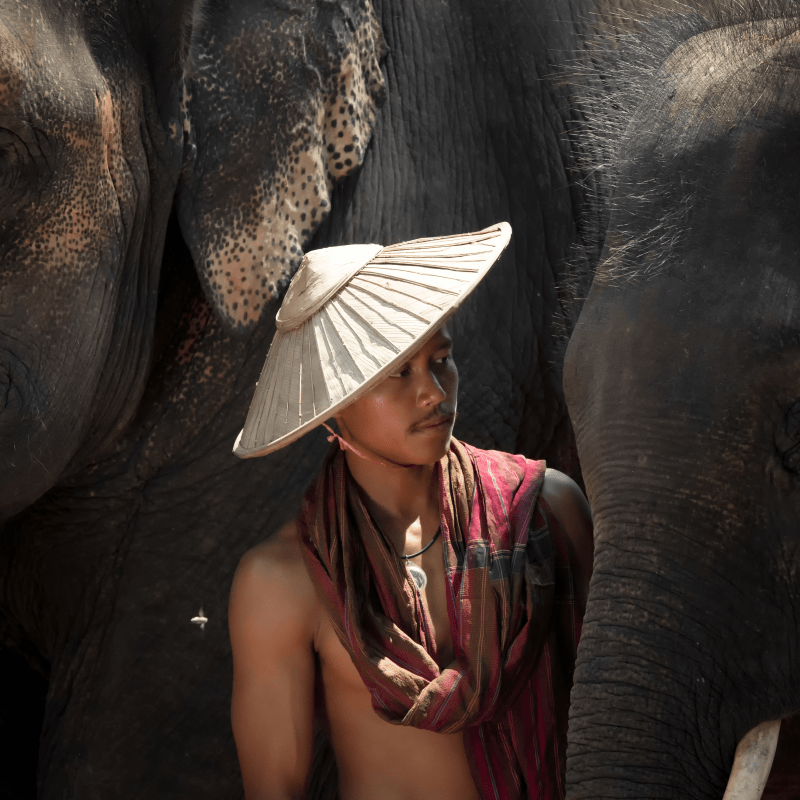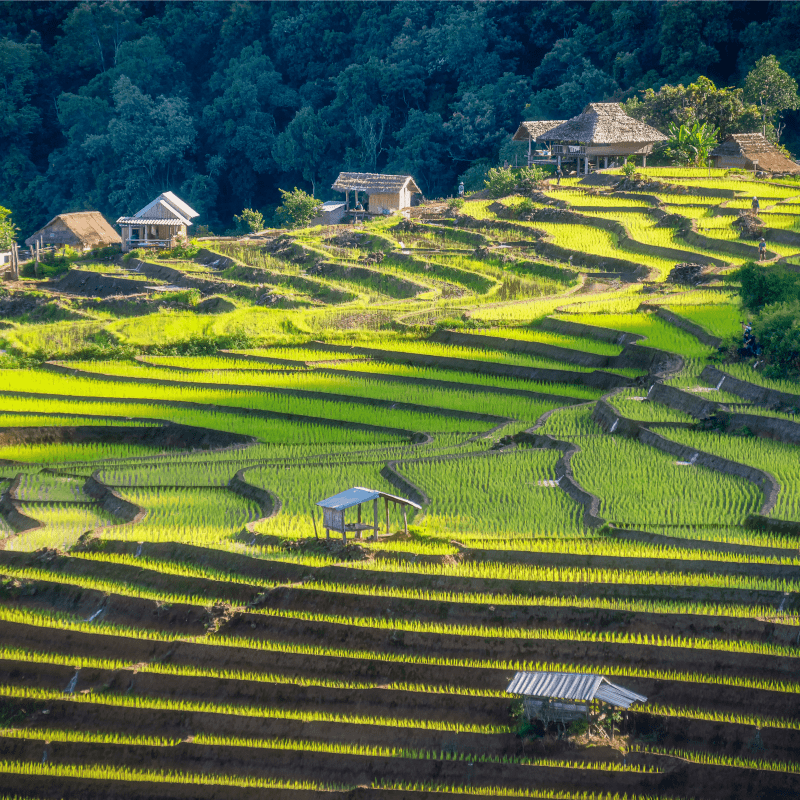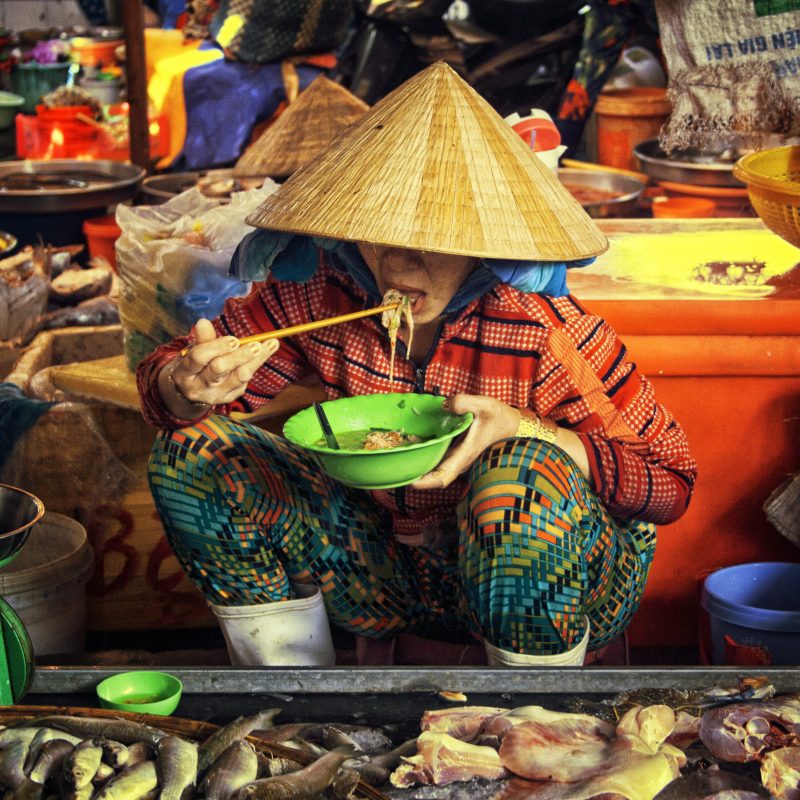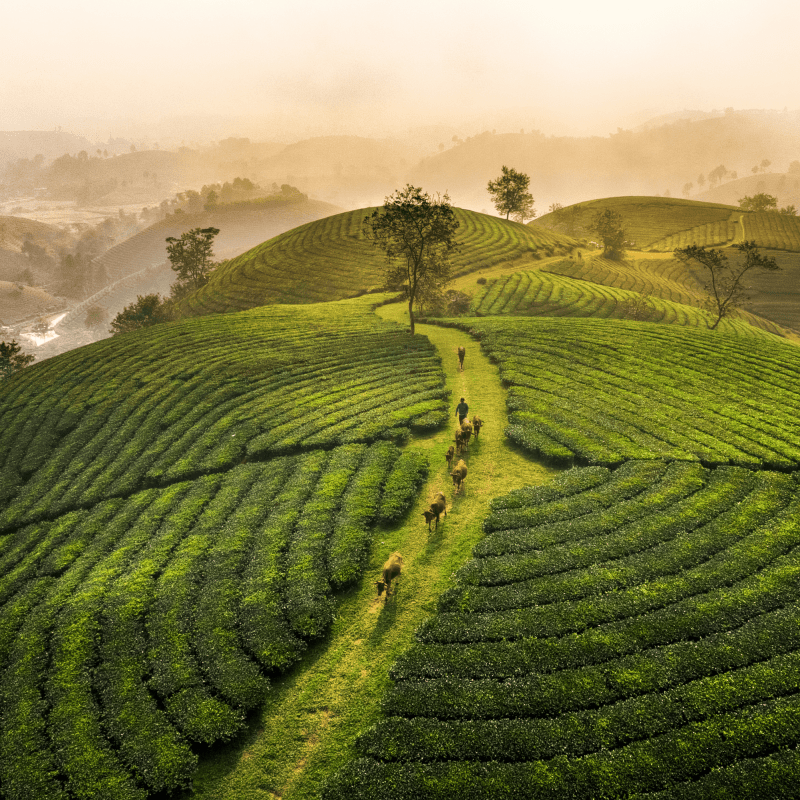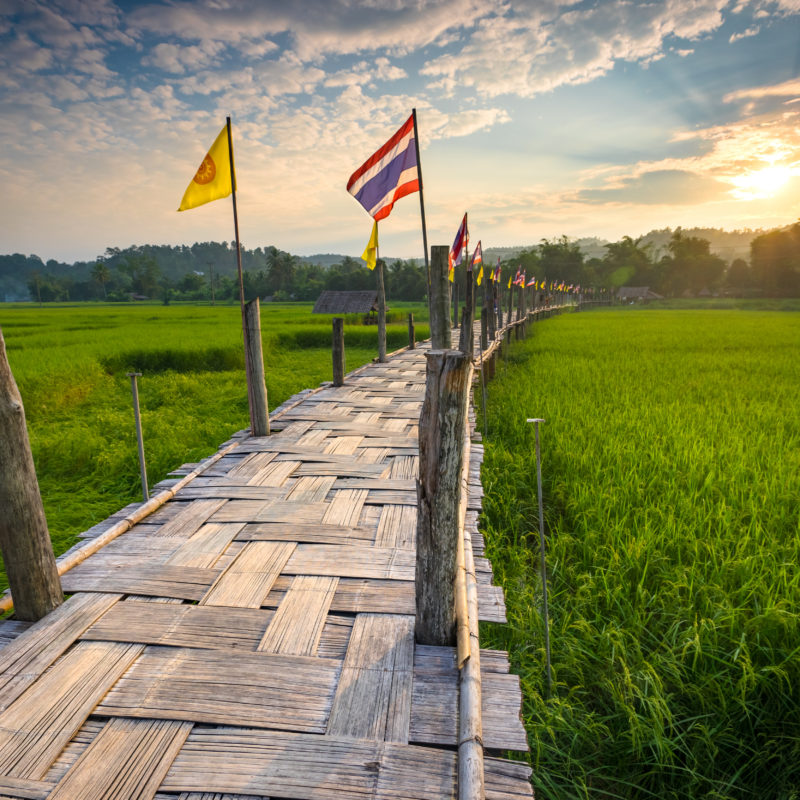“Dua hau…dua hau…dua hau!! “ I am not a late riser but for three days in a row, I was woken early by this alarming cry from far below my otherwise delightful fourth storey Hanoi guest house balcony in the winding streets of the city’s Old Quarter. Convinced the shrieking lady was being beaten or worse, I enquired with my host what all the yelling was about. “Watermelon madam,” came the smiling reply. Yes, that was all, Vietnamese marketing at its very best. If you’ve got something to sell, just go on and shout it out. Next day as I sunk my teeth into the delicious fruity pink flesh, I thought about this amazing destination, and how it totally overwhelms the senses. The noise, the smells, the colours, and the wonderful tales told by this unique population. I’d recommend Vietnam at any time of year and suggest you stay as long as you can.
Amidst the nation’s infamously chaotic streets, you’ll find your own haven of calm, but with traveller numbers increasing, it pays to be a bit smart and consider a low season adventure to avoid the crowds and maximise your dong. If you’re looking to take in the whole country, the low season period covers May through to October. However, the skinny elongated geography leaves visitors facing three distinct weather patterns and two monsoons which impact on regional seasonality. That doesn’t mean there isn’t fun to had, just be aware and keep your plans flexible if you can.
Hanoi & The North
Seat of Communist power and home to exquisite French colonial architecture, the capital is a fine starting point to tour the karst formations of Halong Bay and Ninh Binh or trek the Sapa rice terraces. The region has two main seasons, the very hot and humid summer which runs from May to September accompanied by heavy rainfall which marks the low season period, whereas a cold dry winter characterises November to March. In between, catch the lovely but short, blink and you’ll miss it, spring and autumn.
Central Vietnam
Travel mountainous passes with roadside cliffs falling away to the beaches below. The imperial city of Hue and the charming port town of Hoi An are the main draws, but the ancient Cham ruins, DMZ wartime landmarks and beaches around Danang are also worthy. This area is somewhat protected from early rains by the mountains leaving it overly hot in May and June and subject to later rains from September to December when flooding can be an issue.
Ho Chi Minh City & The South
Still known locally as Saigon, the bustling hub of the south has a laid back vibe despite its huge population, most of which seem to take to the streets by motorbike at all times of the day and night. Hot throughout the year, the south gets most humid and sticky in April to October when rain is frequent, especially in the afternoons. Take local advice if travelling to the Mekong Delta where flooding poses a real danger. Otherwise, dodge the showers in fascinating museums and wonderful boutiques and coffee shops.

